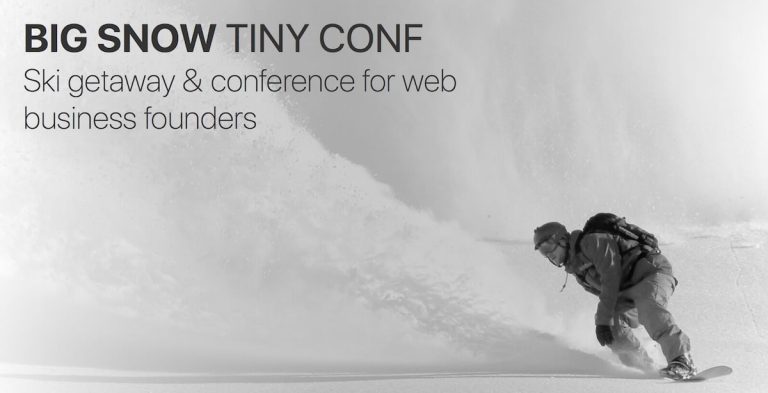Summary of my sessions
Well, blogging from the sessions was a bad idea, and I never did do it. The reason? I remember better the material with a good o’le pen & paper. So, after having taken the notes, I rewrite these into a Notes journal entry, for safekeeping and action (where there needs to be). But here are some of the things I take away:
- The presentations provided some very good roadmaps and comparisons of all our different and new products, and you can never have too much of this in technical sales, where people keep comparing all the time, to make sure they get the right product fit and customers want to get the best bang for their buck.
- The WebSphere Business Modeling and Monitoring session showed the capabilities of the newly announced versions 6.0 of these products. I learned a lof about the business analyst profession and have a new respect for what these people do. I learned about swimlanes, resource models, steady state machines, six-sigma, etc. What’s now really cool is that you can publish your (very complex) models to the WebSphere Business Modeler Publishing Server, and anyone can then access the information, manipulate it and even comment specific areas of the diagrams. That will run on a provided instance of WebSphere Portal and Lotus Domino server.
- I also learned about the difference between a metric and a KPI. A Key Performance Indicator has a target or a limit, while a metric is simply an objective measurement.
- We also learned the various relationships between Modeler, Rational Software Architect, Rational Application Developer and the various process runtimes. The ecosystem is getting more complex as we transition some of our engines, so knowing what works with what is very important to me (and presumably to our customers). I, for one, am glad to work for a company that’s not afraid to share and commit to roadmaps for its products. Take that, (insert-favorite-ibm-competitor-name)!
- It was also outlined how WebSphere Business Monitor and Tivoli Monitoring components are different beasts. Tivoli addresses the IT reporting side of the house (i.e.: is the server up?), while Modeler is all about business reporting (i.e. how many days to complete a process?).
- The bad news is that for now, only WebSphere Process Server V6 can be used by WebSphere Business Monitor, to have its CEI events consumed. In time, we expect that other runtimes will emit and consume CEI, providing a more complete picture of how the WebSphere (and 3rd-party, since this has been submitted as a standard) environment performs.
- The interesting thing though, is that not only can Monitor consume CEI events for analysis, but it can also act upon events based on business rules that are set up by an analyst. So it then becomes an emitter of CEI events and can impact the product environment to make changes as needed by the business conditions. The circle is now complete. And this is the great promise of autonomics technologies, which IBM has tried to instill in its products for the last few years.
So there you have it, the condensed version of some of the stuff that has really interested me the most. Of course, the conference spanned 4.5 days and there was lots more covered, but without pretty pictures and a 108-slide deck, it’s difficult to boil it down to a few words only.


